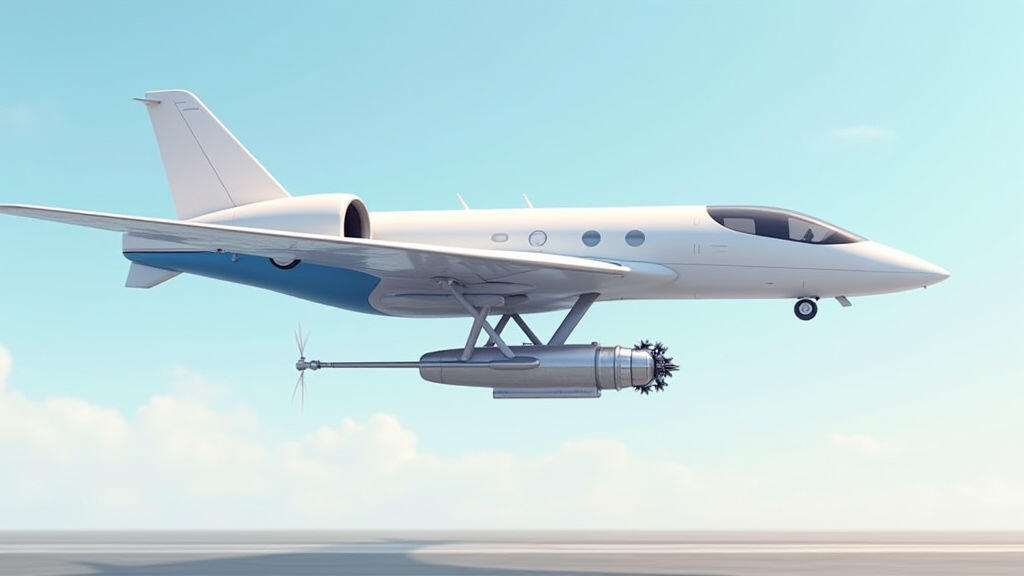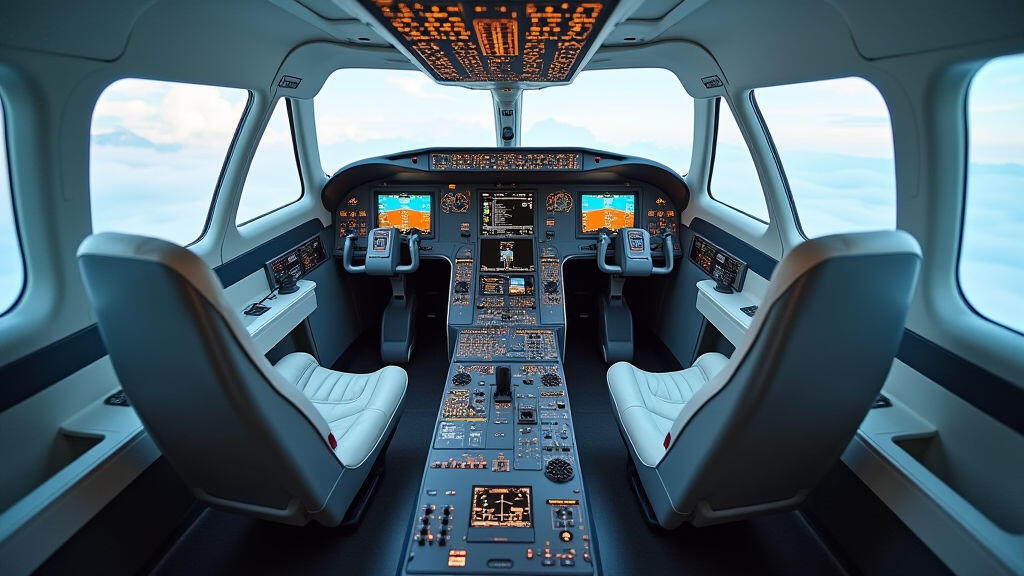Anjing Road, Xiaolan, Zhongshan, Guangdong, China
info@mes-drive.com
08.00 AM-09.00 PM

On October 20, 2025, the Federal Aviation Administration (FAA) announced it had granted the first full certification for a commercial all‑electric aircraft, heralding a decisive shift toward greener skies. The headline, “FAA clears the path for all‑electric flight,” appeared in the New York Times, the Financial Times, and echoed across tech forums worldwide. At a glance, everyone is talking about zero‑emission jets, battery‑powered planes, and the future of air travel. But behind the headlines, a component quietly pulls the trigger on this revolution: the reducer motor, commonly referred to as a gear motor. Its role in the electric aircraft’s landing gear, control surfaces, and propulsion systems is proving essential to keep the skies light—yet strong.

In conventional aircraft, landing gear is hydraulically actuated by high‑pressure, oil‑based systems. Switching to electric gear motors replaces these complex fluid systems with compact, efficient electromechanical devices. A gear motor combines a DC or brushless motor with a precise gear train, yielding a high torque output at low speeds while maintaining a small footprint. For an aircraft that must simultaneously lift thousands of pounds and deploy heavy landing gear at controlled rates, such high torque in a compact package is indispensable.
Compliance with the FAA’s safety standards demands superlative reliability, and gear motors are designed to meet exactly that. Because they have no moving fluid seals and fewer parts than hydraulic actuators, the risk of leaks and failures drops dramatically. Moreover, gear motors can be integrated with advanced sensors and embedded electronics, enabling real‑time feedback on torque, position, and temperature. Pilots and maintenance crews can monitor gear health from the cockpit or via predictive maintenance software, reducing unscheduled downtime—especially critical for the rapidly growing fleet of electric regional jets that are expected to dominate short‑haul routes.
Beyond the launch of the first certified all‑electric lunar lander, analysts say electric aircraft could capture as much as 15 % of the regional aviation market by 2035. Smaller carriers, cargo operators, and even private charter services are looking for cleaner, cheaper alternatives to fossil‑fuel planes. Each of these players will need robust, energy‑efficient gear motors for tasks ranging from wing-flap actuation to under‑wing electric fans. In April 2025 the electric‑aircraft startup Eagle One announced a partnership with a leading gear motor supplier to field a 10‑seat aircraft that swears by reduced maintenance costs, a direct result of its gear‑motor‑driven systems.

Electric actuators, powered by gear motors, enable designers to optimize battery placement. Unlike hydraulic pumps that draw power from a dedicated engine, gear motors tap directly into the electric power flow, allowing energy to be reused for braking and redundancy. This efficient design aligns with the goals of reducing aircraft weight and maximizing payload. When paired with lightweight composite materials and low‑drag wing designs, gear motors become a core element in achieving the 30‑40 % fuel‑efficiency gains projected for future electric aircraft.
While today the trend in electric flight focuses mainly on turbineless regional aircraft and autonomous drones, larger planes are on the horizon. Companies such as ZeroAvia and Airbus E‑Flyer are envisioned to expand their prototypes into multi‑engine formats, requiring even more powerful yet lightweight gear motors. Material science breakthroughs—such as carbon‑fiber gear trains—promise to reduce motor mass without compromising torque, thereby making carrier‑sized electric planes a realistic target. Indeed, some design teams are already testing 30% geared motors in prototype landing gear assemblies that support 200‑tonne take‑off weights, paving the way for father‑of‑all‑electric airplanes by 2045.
The FAA’s recent certification of the first all‑electric aircraft has sent a resounding message: the aviation industry is ready for a sustainable future. Central to this transition are the subtle yet powerful gear motors, whose high torque, low speed, and immense reliability make them the perfect actuation technology for electric landing gear, control surfaces, and propulsion systems. Their adoption not only meets the immediate demands of performance and safety but also anticipates the scaling needs of larger electric planes that will soon dominate the skies. As the news continues to highlight the potential of greener flight, gear motors stand as the cornerstone of this evolution—quietly humming behind the curtain, ensuring that each new flight is lighter, cleaner, and more efficient.
Leave A Reply
Your email address will not be published. Required fiels are marked